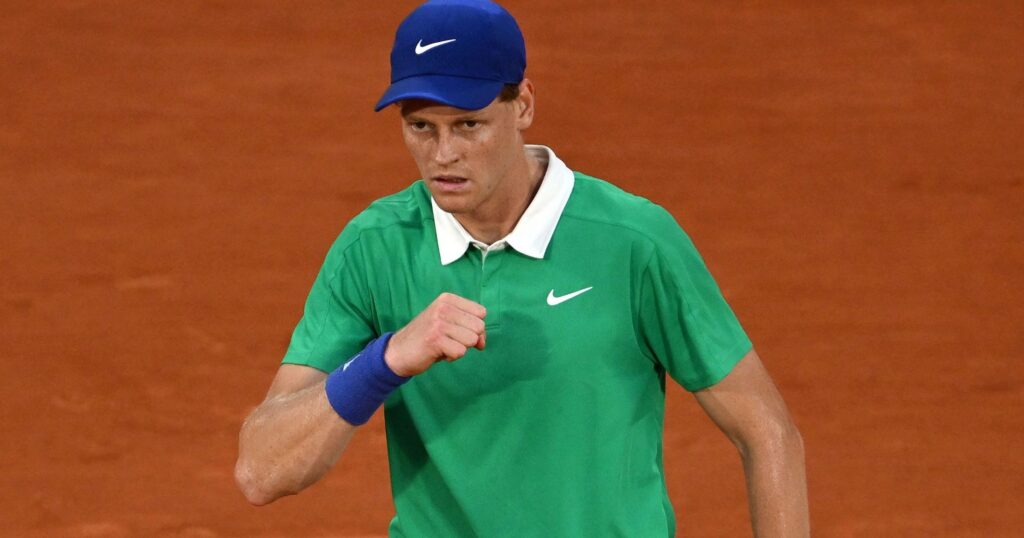Jannik Sinner, the Italian tennis prodigy, has been stirring conversations in the tennis world, with Mats Wilander labeling him the most aggressive baseline player in the history of the sport. This bold declaration highlights not only Sinner’s capabilities but also his impact on the contemporary game. His journey at the French Open has been nothing short of remarkable, as he barreled into the quarter-finals after decisively defeating Andrey Rublev in straight sets, showcasing his incredible skills and tenacity on the clay courts of Roland-Garros.
As he approaches the quarter-finals, Sinner maintains an impressive record, having not dropped a single set throughout the tournament. This reinforces the notion that he is a formidable contender on this surface. His next match will have him face Alexander Bublik, who has also showcased his talents by overcoming Jack Draper in a four-set thriller. Bublik’s play style, which combines power and precision, presents its own set of challenges, but according to Wilander, the world No. 1 offers an even steeper mountain to climb for any opponent. This match is scheduled for Wednesday and promises to be a thrilling encounter, live on TNT Sports and streaming on discovery+.
Wilander, a renowned figure in tennis history, noted that while Bublik has the ability to upset players with his unique style, facing Sinner requires strategic prowess. He emphasized the necessity of keeping the ball away from Sinner’s formidable forehand, which he described as “ridiculous.” According to Wilander, attacking Sinner’s forehand would be unwise, encouraging Bublik instead to direct his shots towards Sinner’s backhand.
The analysis from Wilander further elaborates on Sinner’s game evolution over recent years. He noted that Sinner has made significant improvements across all facets of his game, particularly highlighting his serve. In the past, his serve might have been a notable weakness, but recent changes have transformed it into a weapon. Wilander illustrates that Sinner has become a compelling force not only through his aggressive baseline play but also through his exceptional returning capabilities. He is adept at taking the ball early on his backhand side, providing a level of aggression rarely seen in today’s game.
Moreover, Wilander draws comparisons between Sinner and legendary players like John McEnroe and Stefan Edberg, who were known for their aggressive net play. However, he firmly asserts that in the realm of baseliners, Sinner stands unparalleled as an aggressive player, combining both technical skill and raw power effectively.
As the tennis community turns its attention to the remainder of the tournament, the spotlight remains firmly on Sinner. His trajectory suggests a bright future, potentially leading to more Grand Slam titles if he continues this form. Fans and analysts alike are eager to see how he will adapt to the unique challenges presented by Bublik. The quarter-finals promise to be a captivating spectacle, illustrating the evolving nature of tennis, where players like Sinner redefine what it means to be aggressive from the baseline.
In conclusion, Jannik Sinner’s arrival in the quarter-finals of the French Open is a testament to his skill, determination, and strategic approach to the game. Mats Wilander’s insights underscore the significance of Sinner’s playing style and the evolution of competitive tennis today. As spectators anticipate matches live on TNT Sports and discovery+, Sinner’s journey in this prestigious championship serves as a reminder of the thrilling possibilities that lie within the sport. Each volley and rally will be scrutinized, but regardless of the outcome, Sinner is solidifying his legacy as one of the sport’s most exciting players.



